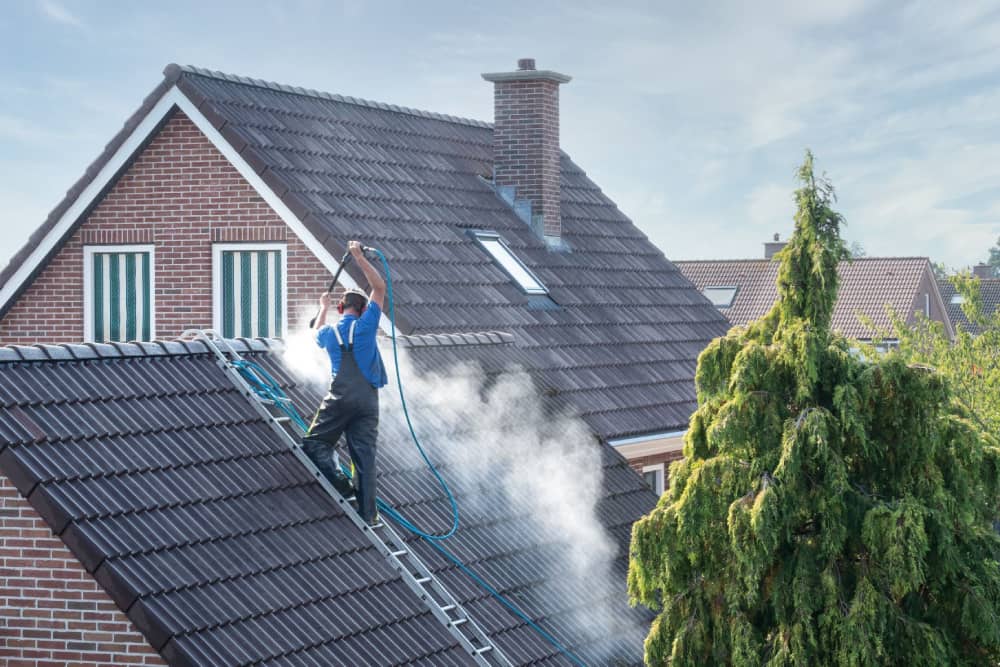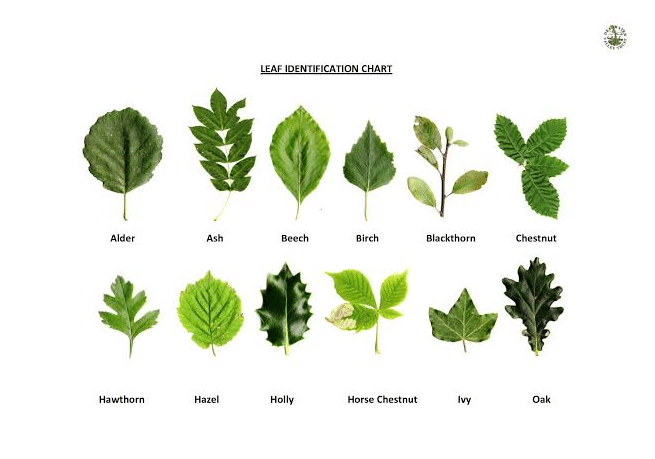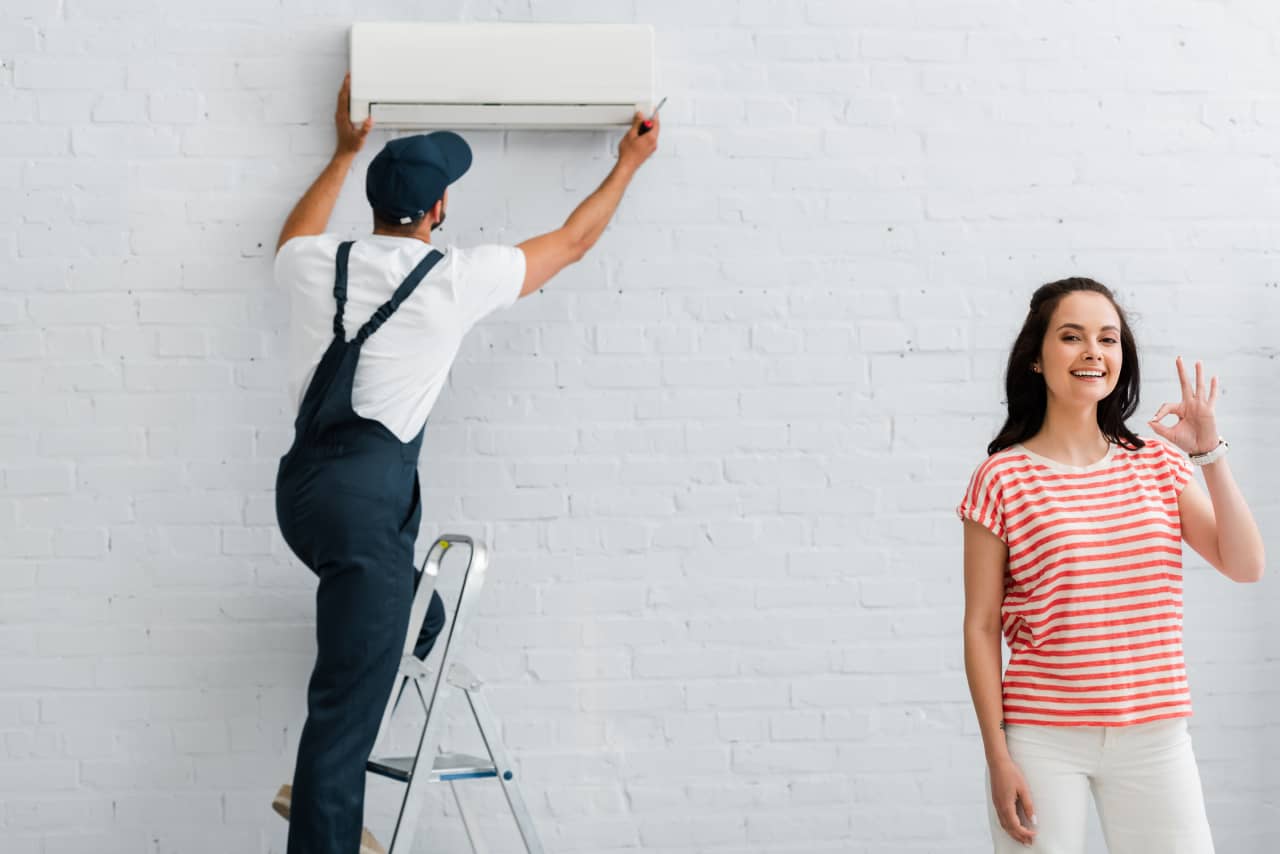Key Takeaways
- Modern roofing materials and design trends offer enhanced efficiency, aesthetics, and long-term durability for homes of all styles.
- Eco-friendly and energy-efficient roofing solutions are more accessible and affordable than ever before, helping reduce environmental impact and utility bills.
- Routine roof inspection and proper maintenance are crucial steps for preventing unexpected expenses and maintaining home safety.
- Selecting roofing systems tailored to your local weather and climate dramatically increases longevity and reduces the risk of damage.
- Awareness of current roofing innovations empowers homeowners to make informed choices and protect their investments.
Roofing Materials: What’s Popular Right Now?
Today’s market presents an impressive selection of roofing materials tailored to different budgets, climates, and style preferences. While the majority of American homes are still capped with traditional asphalt shingles due to their low, upfront cost and ease of replacement, the latest trends show a growing preference for advanced alternatives. Metal roofing, for instance, is now celebrated for its remarkable life span—outlasting asphalt by decades—and its unique resistance to the toughest elements such as hail, strong wind, and fire. With color options ranging from classic copper tones to contemporary matte finishes, metal roofs are increasingly chosen for both practical and aesthetic reasons. Clay and concrete tiles also carve out a strong presence, especially in coastal and sun-soaked regions. Known for holding up against salt, insects, and even wildfires, they add a Mediterranean or southwestern flair to homes while promising minimal upkeep. Manufacturers continually innovate, creating lightweight, interlocking tile systems that are easier to install on traditional wood-framed houses. There’s also a rising interest in composite and recycled material shingles—products that replicate natural slate or wood while diverting waste from landfills. Engaging with trusted Downers Grove roofing experts can help homeowners evaluate these evolving options, match products to household needs, and understand long-term maintenance requirements. According to updated industry research, the demand for roofs with both style and storm resilience is at an all-time high as more families seek reliable shelter in changing climates. Green roofing systems are also gaining traction, particularly among eco-conscious homeowners aiming to improve insulation and reduce energy costs. Solar-integrated shingles, which blend seamlessly with traditional roofing profiles, offer a discreet alternative to bulky panels while generating renewable energy. As sustainability becomes a top priority, the roofing industry embraces solutions that balance performance, beauty, and environmental responsibility.
Color Trends and Curb Appeal
Color isn’t just cosmetic; it directly impacts roof performance and the overall character of a home. In areas prone to intense sun and high temperatures, white and pale gray shingles are gaining momentum for their enhanced reflectivity and ability to lower attic heat. Data suggests that light-toned roofing systems can decrease a roof’s temperature by over 50°F in peak summer, trimming air conditioning costs throughout the season. Meanwhile, cooler or rainy regions lean on dark tones like charcoal, deep greens, and even black, using the additional heat absorption to promote snowmelt and reduce the risk of mold or algae. Manufacturers now offer expanded customization through designer shingles—blending colors and textures to replicate expensive slate or wood shakes without the associated maintenance headaches. With the right palette, a homeowner can harmonize roof color with brick, stone, or siding, elevating both curb appeal and resale value. There’s even a growing movement towards accent roofing, where portions of a metal roof, dormer, or porch are finished in bold colors or distinctive patterns. This new emphasis on visual flair allows a roof to serve as an architectural centerpiece without compromising protection.
The Rise of Energy-Efficient Roofing
Energy efficiency is no longer optional for many property owners—it’s become a central goal when updating an aging roof. Cool roofing, engineered to reflect sunlight, is often topped with highly reflective pigments and, in some cases, nanotechnology coatings. These systems are not confined to white roofs; advances now enable darker tiles to achieve impressive reflectivity ratings without sacrificing depth of color, and in addition to reflecting sunlight, modern underlayment and insulation techniques trap conditioned air, preventing costly winter heat loss and summer heat gain. Some of the most forward-thinking renovators embrace solar tile systems—discreet photovoltaic shingles that generate renewable energy and offset utility costs. Others opt for green roofs, where modular trays support grasses, wildflowers, or succulents that act as living insulation and natural air filters. The U.S. Department of Energy highlights these roof innovations for their ability to drastically cut home energy demands, improve stormwater management, and promote biodiversity in urban areas. These choices not only address rising energy costs but also align with sustainable living goals.
Weather and Roof Longevity
Weather remains a defining variable when selecting, installing, and maintaining roofing systems. Homes exposed to regular hail, intense sun, hurricanes, or drastic temperature swings should be equipped with materials certified for high wind resistance, impact tolerance, and UV stability. Metal roofs, for example, often withstand wind gusts up to 140 mph and resist the most stubborn algae and mildew. For regions with heavy rainfall or snow, steep slope systems built from slate, concrete, or architectural shingles are ideal to prevent buildup, pooling, and leaks. Ventilation and insulation play an equally vital role in longevity. A well-vented attic prevents excess moisture, condensation, and mold growth—all silent culprits of structural decay. Strategic installation can even help deter infestations from pests like termites or rodents. Assessing climate realities with a local professional ensures the roof is built, flashed, and insulated correctly and prolongs the structure’s value for decades to come.
Routine Maintenance: Preventing Problems Before They Start
No matter the strength or innovation of the materials used, routine maintenance remains the secret to a long-lasting roof. Regular inspections—thoroughly carried out twice a year—allow homeowners to quickly spot conditions such as missing or damaged shingles, clogged gutters, rusting flashing, loose vents, and cracked caulk. Many experts recommend walking the perimeter and observing from the ground before climbing safely to inspect from closer up. With each inspection, noting any changes or repairs can offer proof of diligent upkeep, which is particularly useful when dealing with warranty terms. Severe storms can cause sudden damage, so inspecting the roof and attic soon after high winds, hail, or heavy snow is always wise. Proactive steps, such as clearing debris, trimming overhanging tree limbs, and keeping gutters free-flowing, can dramatically reduce leak risk. Timely repairs—such as resealing flashing, reinforcing ridge vents, or addressing ice dam prevention—have a powerful impact. Following a consistent maintenance routine will help avoid disputes with insurers or manufacturers should more significant problems arise, giving homeowners both peace of mind and long-term savings.
Reroofing vs. Repair: Making the Smart Move
Sooner or later, every roof will test the owner’s discernment when faced with leaks, sagging, or widespread wear. Deciding whether to patch problems or invest in a full reroof is rarely straightforward. Key factors include the roof’s age, extent of visible and hidden damage, material life expectancy, and previous installation quality. Replacing when more than a quarter of the roof is impacted often makes economic sense, bringing updated codes, cohesive watertightness, and a fresh warranty. A new roof may also improve home value and unlock eligibility for energy rebates. When trouble is confined to a single plane, valley, or a small number of missing shingles, targeted repairs can stretch the roof’s lifespan for several years, provided the underlying substrate and insulation remain sound. Homeowners should be careful, however, as small leaks frequently conceal bigger issues beneath the surface. Carefully weighing the upfront expenses against the hidden costs of deferred replacement and working with a trusted professional ensures a solution that protects not only the home but also its occupants and contents.
Getting Professional Advice
Professional guidance is invaluable in navigating the complexities of roofing projects, material selection, and repair solutions. Certified, insured, and reputable contractors provide accurate estimates, help interpret warranty policies, and deliver detailed plans addressing both immediate needs and future maintenance. Homeowners should request references, look for digital reviews, and ensure clear communication every step of the way. The right expert will discuss options openly, respond to concerns clearly, and avoid pressure sales tactics. Independent inspections—particularly for older homes or after storm damage—add another layer of confidence, catching problems that might be overlooked and supporting stronger insurance or warranty coverage claims. The best contractors offer more than just installation; they serve as ongoing advisors, educating on preventive maintenance, fine-tuning ventilation, and recommending upgrades as technology and building standards evolve. Innovative collaboration brings value to every dollar spent on roofing.
Smart Investments Pay Off
Investing in a high-quality roofing system is one of the most strategic choices a homeowner can make, impacting energy efficiency, property value, and daily comfort. Today’s innovations—from solar tiles and superior insulation to advanced reflective coatings—empower families to adopt roofs that are both protective and visually appealing. Not only do these improvements deliver lower energy bills and greater weather resistance, but they also boost curb appeal and resale value, which pays off when it comes time to sell. Remaining aware of the latest roofing trends and partnering with skilled professionals ensures homeowners enjoy enduring protection, sustainable living benefits, and the peace of mind that comes with making a wise, future-focused investment in their most significant asset. Whether upgrading or building anew, the right roof is a decision that delivers benefits for decades ahead.




